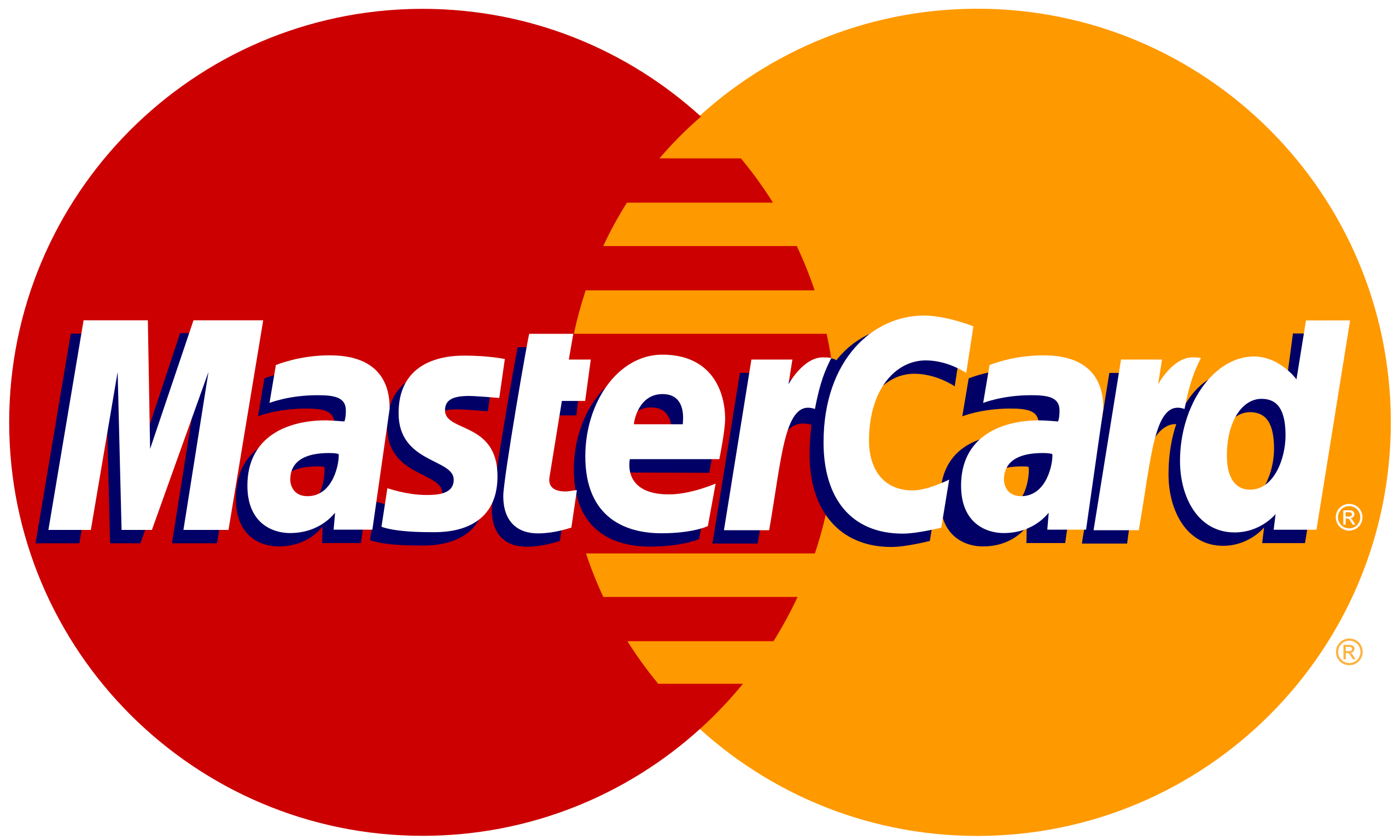
A critical skill in any type of problem-solving is to understand how things work – to have an accurate view of what is really going on. A mechanic looks under the hood, a doctor studies x-rays, a builder relies on the blueprints, and a skilled process improvement practitioner creates and analyzes process maps. There are many different types of maps, and each has their own unique advantages. The Value Stream Map is one type of high-level map and is a top tool used by Lean practitioners. To understand value stream mapping, we need to first understand what a “value stream” is. Simply put, a value stream is a series of steps that occur to provide the product or service that their customers want or need.
In order to provide the product or service that the customers desire, every process has a set of steps that are required. Value stream mapping enables us to better understand what these steps are, where the value is added, and where it’s not. It provides us with a structured visualization of the key steps and the corresponding data needed to understand and intelligently make improvements that optimize the entire process.
A value stream map is made up of three distinct parts: #1 is the process map. The process map is made up of boxes and triangles. The is triangles indicate that something is in queue or waiting, and the boxes indicate a high-level step. The boxes have 3 separate areas to capture data and they are called Data Boxes.
#3 is the flow of information, which is shown with arrows that illustrate the direction that information or the unit is flowing, as well as the type of flow.
It’s called a Value Stream Map because…it focuses on the high-level or value-added steps in a process. It identifies the Value Stream and allows us to graphically see where we have opportunities to improve the flow or increase the amount of value adding steps.
The Value Stream Map comes from the Lean side of Lean Six Sigma. And it’s a central tool to increase efficiency and speed or flow. A Value Stream Map (or VSM) is not designed to address problems at a detailed level. However, it can be a very helpful tool if your project is focused on Cycle Time or Poor Flow. A VSM can also help to understand the process from a higher level and to narrow focus as needed. It’s a great complement other process analysis tools such as the SIPOC, detailed process mapping and data analytics.
We can create an example of a simple VSM using the process that takes a plain piece of paper and turns it into a paper airplane. The icon in the upper left and right corners indicate a Supplier or a Customer. In our paper airplane example, the Supplier is the paper manufacturer and the plain paper flows into the process and waits in the production queue. The orange triangle indicates “Inventory” or Work in Progress. The boxes indicate the steps from left to right (which, in our example, show the folds to make the airplane). When the airplane is completed it is sent to the Customer.
Except in a VSM, we don’t use the graphics of the airplane folds; we use a combination of icons and information. A Value Stream Map has many potential shapes that mean different things. In this example, we’ll use the most common. Starting with the supplier; the flow shows a straight arrow indicating manual flow (in this case, we added a truck icon to show how the unit is moved from the Supplier to the process). The triangle indicates that the input is waiting in inventory or in a queue. The time ladder beneath the triangle shows that the typical or average time that the paper waits in queue is 1 day.
Moving to the first step in the process, you’ll see 3 sections in the box – this box is called the data box because it holds a lot of information about the process step. The top section is to describe the step. The next section shows an icon for a “worker”. This icon is to show how many full-time employees are dedicated to this step. In our example, we have two full time employees (or this might be 4 part-time employees who – together – add up to the equivalent of 2 full time employees). The bottom portion of the box can hold any relevant info; in our case, we are focused on Cycle Time and have indicated that the Cycle Time for this step is 3 minutes. It’s important that we track the actual work time for fold #1 to be completed – not including wait time.
Going through the remaining steps, you’ll see the step name, number of FTE’s and Cycle Time. Along the time ladder, we are tracking the wait time and work time for the process with a total on the far right.
When the process is completed, the finished product is sent by airplane to the customer. After the customer has received their goods, they provide a market forecast via electronic info (the lightning arrow indicates digital or electronic flow). That information is used by the organization’s Production Control to send orders and a weekly schedule.
Lastly, the team identifies – with a burst shape – the areas that they believe can be significantly improved. In our example, they are focusing on the 3 Days waiting between steps 2 and 3, and also on the Cycle Time of 4 minutes for the final step.
This is a basic Value Stream Map, which is perfectly fine for the majority of projects. If you should need to capture more detailed information at the high-level view, consider including additional symbols into your map. You’ll find lots of options if you are using flow charting software or even by doing a search online for value stream map symbols. There is no singular set of VSM shapes, however the basics will take you pretty far.
Comments (0)
Categories
Recent posts


Lean Six Sigma Green Belt and COVID – ...
19/08/2022
The Ultimate Guide to Learn Data ...
6/01/2023
Lean Six Sigma Implementation Process - ...
31/10/2022
Unlock the Hidden Potential of Data ...
21/01/2023
Save Big Today
Looking for the best deal? Save time and money by comparing prices, reviews, and features of courses before making your enrollment. Start now!













